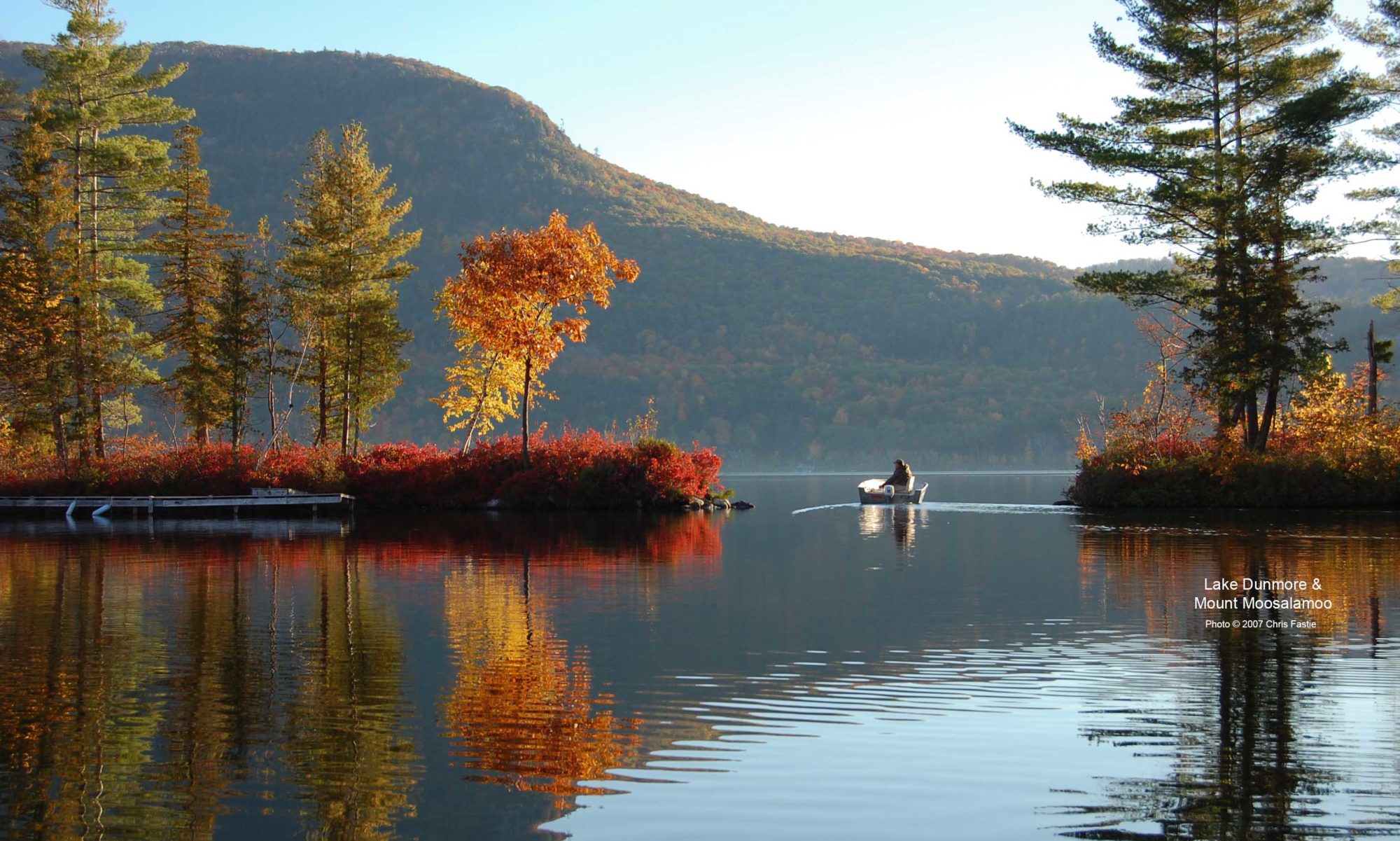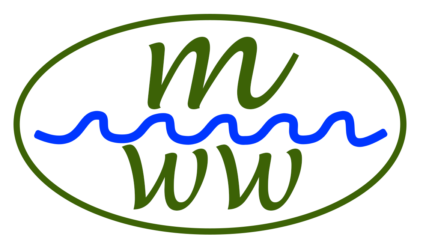In BLSG’s new annual report, they indicate that there are 7,000 acres of mosquito breeding ground in the BLSG District which can be treated by helicopter. Most of this is in the floodplain of Otter Creek or Leicester River or in nearby lowland areas. The goal is to use a helicopter to spread granules of bacterial larvicide over this area.
BLSG reports that in 2018 only 3,000 acres received aerial treatment of larvicide. BLSG explains that the reason more than half of the mosquito breeding ground got no aerial treatment in 2018 is that the state did not allocate enough money. This seems like a very serious failure of the system.
The state requires that mosquito control be done using integrated pest management (IPM), a system in which the least dangerous, non-toxic prevention and control methods are used before chemical pesticides are applied. If most of the BLSG District never gets the safe prevention and control measures (e.g., aerial larvicide), whatever happens next is not integrated pest management. If the Vermont Agency of Natural Resources is truly committed to IPM, it should not support an insect control district which it has no intention of funding well enough to allow IPM to happen.
Fixing this broken system can involve different approaches (more money, less pesticides, shifting money from pesticides to larvicides) but it might be important for everyone to first agree that the system is broken.
In the meantime, I have a question about the 3,000 acres which were treated with larvicides by helicopter in 2018: Which 3,000 acres got treated? In early May of 2018, BLSG announced on their website the upcoming helicopter treatment:
On 5-5-18 the BLSG Insect Control District will be applying Bacillus thuringiensis israelensis (BTI) to surface waters where mosquito larvae are present. Aerial applications will be made in the towns of Pittsford, Brandon and Leicester.
Salisbury was not mentioned. This was the only announcement of aerial application of larvicides in 2018, and I think there was only one helicopter flight in 2018. Does that mean that no place in Salisbury ever received aerial treatment with larvicides? Is that why people were asking me last summer why the mosquitoes were so bad along Leland Road and Shard Villa Road (which are right above Salisbury’s floodplain fields along Otter Creek)?

I understand that representatives from BLSG will be at the town meetings in the towns of the BLSG District. These might be good questions to ask those representatives. A more general question for everyone to consider is: If BLSG can ask the towns in the District for $37,000 more than they contributed last year, most of it to pay lawyers, and get that money with few questions asked, why don’t they just ask for enough to fund another helicopter flight and actually do the IPM they say they are doing and that the state requires them to do?
And in Salisbury, people at town meeting might want to ask: Did Salisbury get what it paid for last year?

